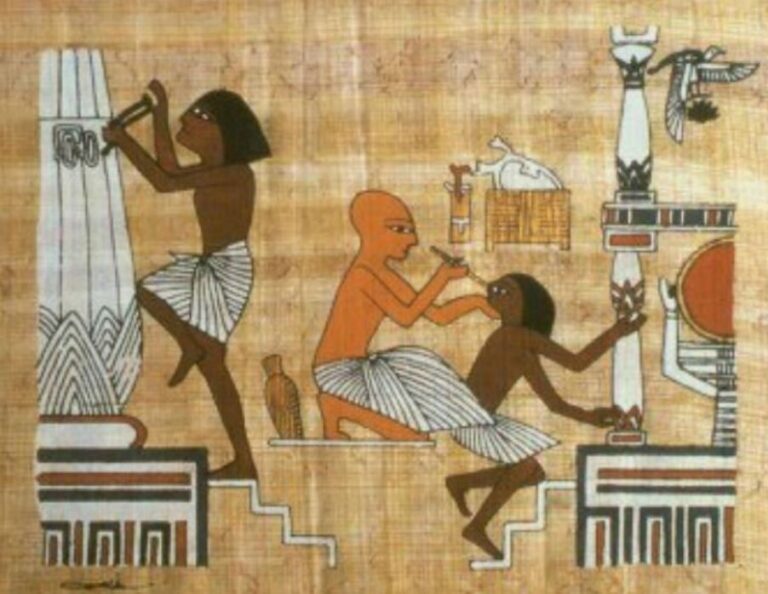
If you have ever suffered through a bad toothache, you know it is one of the worst pains you can endure. We are fortunate in this day and age to have modern dentistry as well as quick and effective pain relief medication and anesthesia.
Until very recently in human history, there were not many choices when a person began to suffer from excruciating toothache. The only real historical option was extraction. But did people in ancient days walk around toothless if they had the misfortunate of suffering from lots of tooth pain?
People Were Not Walking Around Toothless in the Past
Being without teeth in the past was not as common as we think. Sugar, the worst enemy of teeth, was a very rare, expensive commodity until around the 17th century, and it was used very sparingly. Most desserts were sweetened with fruit or herbs. People did clean their teeth with rough cloths and specially concocted tooth powders, and the lack of sugar prevented a lot of tooth decay. In fact, researchers analyzed the remains of Romans living in Pompeii, and they found remarkably healthy teeth.
But when a tooth began to decay and cause pain, extraction was almost inevitable.
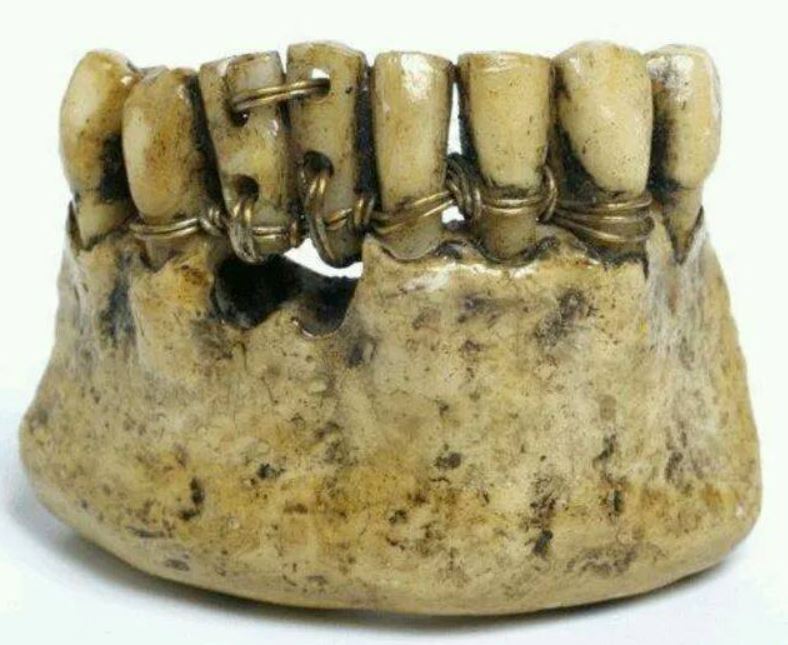
The Ancient Egyptians: Fathers of Dentistry
The first civilization to consider dentistry a respected craft was the Egyptian civilization. Between 3000 and 2500 B.C., Egyptians began drilling and extracting teeth in a methodical manner. The first known ancient Egyptian dentist was named Hesy-Re, described as a scribe and dentist. By 1550 B.C., Egyptians even had prescriptions for dental pain. But, while they drilled teeth to try to save them, most of the time they had to extract the tooth.
These early dentists were also the first to try to find a ways to replace missing teeth. Researchers have discovered skeletons where replacement teeth had been attached to neighboring, healthier teeth using gold or silver wires. Scholars are unsure if these procedures were done while the patient was still alive or if these tooth replacements were installed after death in order to send loved ones off to the afterlife in a more perfect state. Some of these procedures, however, were most likely performed on live patients.
The Birth of Dental Prosthetics: the Etruscans and Romans
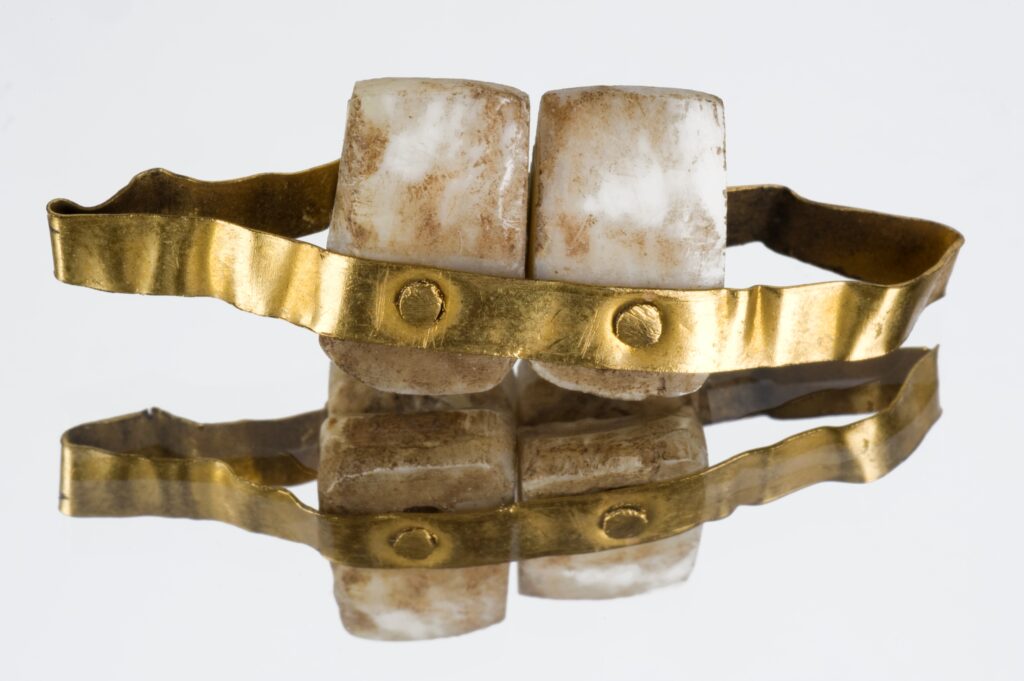
The Etruscans, a population that lived in Italy prior to the Romans, was a very complex civilization that valued knowledge. They were the first civilization we know of and to experiment with gold fillings and soldering. Human and animal teeth attached to each other with gold bands were used as tooth replacements in some early forms of dental prosthetics. In a way, the year 700 B.C. is considered the birth of crowns, bridges, and tooth replacements.
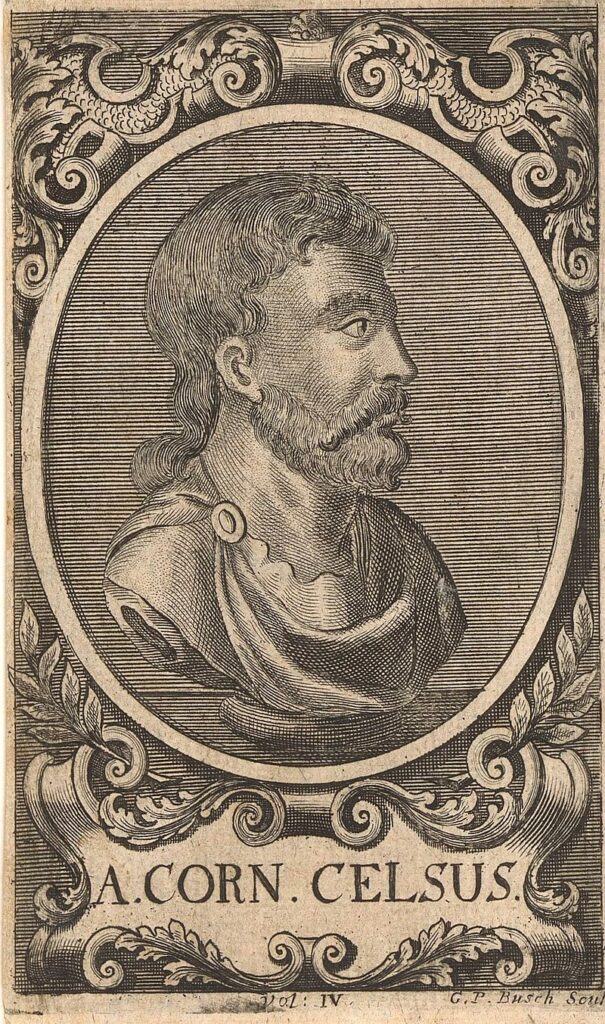
The Romans picked up these techniques around 400 B.C. and continued the practice while experimenting with different materials. in 100 B.C. a Roman medical writer named Aulus Celsus wrote a book about toothaches, pain, and jaw fractures. Although there had been an Egyptian papyrus written on the subject in 3000 B.C., this was the first book to tackle dentistry in a more scientific manner.
Bamboo and Acupuncture: China
In China, there is evidence of tooth extraction as early as 6000 B.C., along with the use of acupuncture to relieve pain. The first Chinese dental records date back to 2000 B.C., when bamboo was used to replace missing teeth.
The Mayans Used Seashells as Replacement Teeth
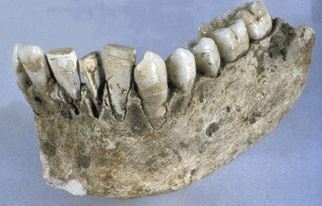
A South American excavation of Mayan ruins unearthed a jawbone dating to about 650 A.D. containing a replacement tooth made out of a seashell. The fact that the jawbone had partially fused with the seashell tooth proves that the patient was alive both during and after the procedure.
Not far away in Honduras, another tooth replacement made out of stone was found and dated to around 800 A.D.
Wood Dentures: Japan
in the 1500s A.D., the Japanese invented full wooden dentures. After using beeswax to make an impression of the mouth, new wooden dentures were then carefully crafted by hand. Eventually, experimental dentures were made using real teeth or teeth sculpted out of animal horn or ivory.
Dark Ages of Dentistry: Medieval Europe

The Middle Ages were a dark time for dentistry. Monks were the dentists of choice until a pope’s edict stopped monks from performing any sort of surgery. Barbers took over the job, but they mainly simply extracted painful teeth. Some barber-dentists tried to form a guild and educate themselves in curing teeth, as well, but another edict in the 1400s commanded the barbers to limit their efforts to shaving beards, bleeding people, and pulling teeth.
The Reinstatement of Dentistry Practices during the Renaissance
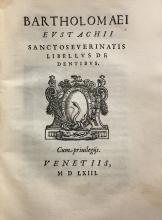
In the 1500s A.D. in Europe, the science of dentistry took a turn for the better. In 1530, a book focused on dentistry was published in Germany; and in 1563, Bartholomew Eustachius published the first book on dental anatomy, which led the Europeans to a new era of dental discovery following the scientific method, experimentation, and testing. The work done by these early dentists has resulted in our modern ability to better prevent dental diseases, save teeth, and provide options for tooth replacement.
[…] The Ebers Papyrus is a scroll dating 1,900 BC that reveals the almost “scientific method” used by some Egyptian Physicians. These early doctors acquired their knowledge through simple and direct trial and error. Thankfully, these “tests” did bring some amazing results. In fact, the Egyptians were the first to use Senna to treat constipation, peppermint and carbonates as antacids, and ethyl alcohol to numb a patient during a tooth extraction! […]
Comments are closed.